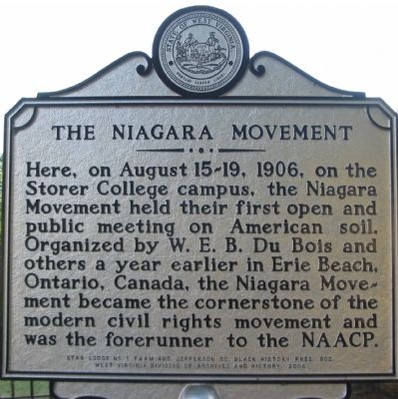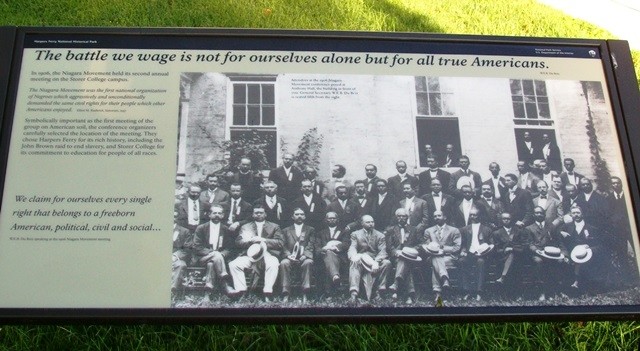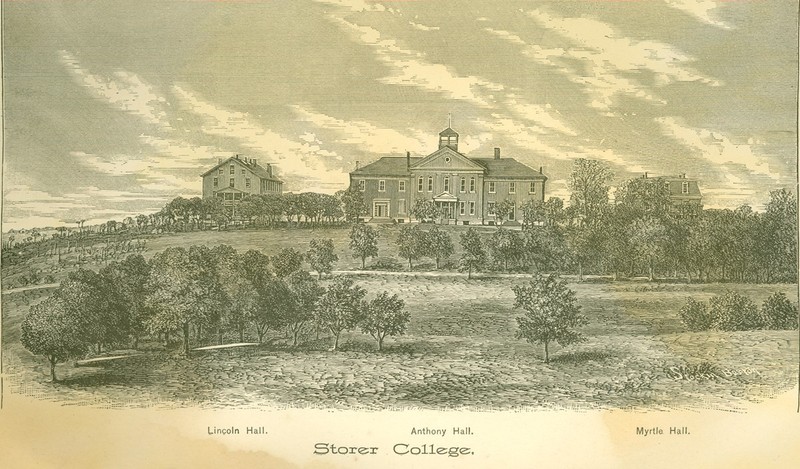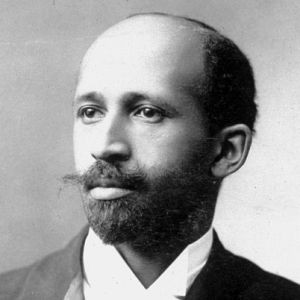The Niagara Movement Historical Marker
Introduction
Text-to-speech Audio
Images
This historical marker was dedicated by the West Virginia Division of Archives and History in 2006

A second historical marker includes a photo of attendees. "We claim for ourselves every single right that belongs to a freeborn American, political, civil and social…"-W.E.B. Du Bois

Storer College operated until 1954, the year that the Supreme Court ordered the integration of schools.

W.E.B. Du Bois organized the Niagara Movement the year before.

Backstory and Context
Text-to-speech Audio
DuBois and other leaders of the Niagara Movement selected Harpers Ferry for both practical and symbolic reasons. It was here that John Brown led white and Black men in an attempt to create a biracial republic in the heart of Appalachia that would threaten the existence of slavery. Brown's goal in raiding the arsenal at Harpers Ferry was to acquire enough weapons that his followers could create and defend a mountain stronghold - a place where enslaved persons could find sanctuary owing to the growing number of armed Black men who would join Brown's rebellion.
Perhaps more importantly, Harpers Ferry was located along the rail and accessible to attendees throughout the Border South, upper Midwest, and East Coast. The town was home to Storer College, a Black institution and learning environment closely aligned with the goals of the Niagara Movement. With faculty and administrators opening their homes, and with the support of the college, attendees to the meeting were able to enjoy dignified accommodations. This was an important consideration given the meeting of the previous year that was supposed to be held in northern New York but was later moved to the Canadian border owing to discrimination at white-owned hotels.
W.E.B. DuBois led the meetings and Harpers Ferry and published his "Address to the Country" where he expressed his demands for political and civil rights. The Niagara Movement grew in influence in the years that followed and DuBois and several of the leaders of this organization played an instrumental role in the foundation of the NAACP in 1909.
Sources
Williams, Robert W. 2010. "Politics, Rights, and Spatiality in W.E.B. Du Bois’s “Address to the Country” (1906)." Journal Of African American Studies 14, no. 3: 337-358. Academic Search Premier, EBSCOhost (accessed April 1, 2018).
Swain, Craig. October 13, 2017. Accessed August 31, 2017. www.hmdb.org.
"THE NIAGARA MOVEMENT'S "DECLARATION OF PRINCIPLES," 1905." Black History Bulletin 68, no. 1 (Winter/Spring2005 2005): 21-23. Academic Search Premier, EBSCOhost (accessed April 1, 2018).
